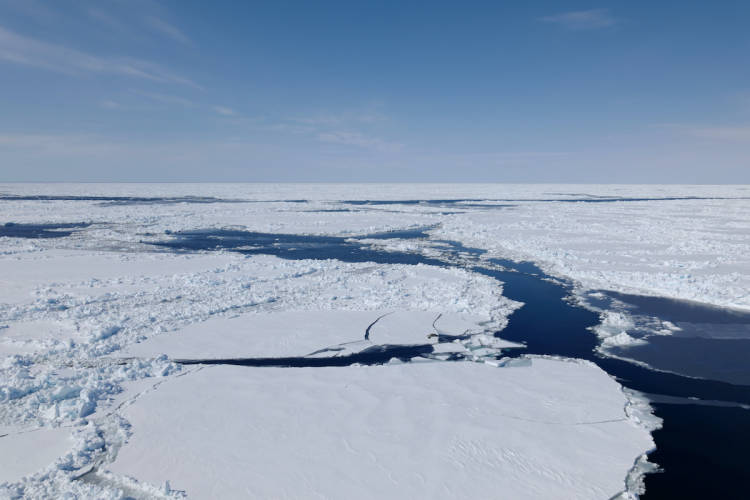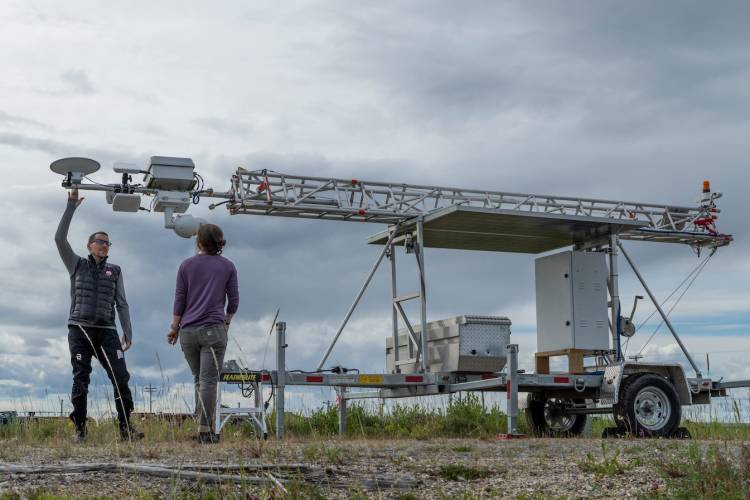Hudson Bay in Canada supports two of the world’s polar bear populations considered most immediately threatened by climate change. The bears in the Western Hudson Bay population are considered to already be experiencing a steep decline in numbers. A Government of Nunavut report showed the population dropped by more than a quarter between 2016 and 2021.
In the face of numbers like these, it is important to understand not just what’s happening to the bears, but also to understand projections for sea ice, an important hunting platform for the bears. The sea ice changes, and other associated changes driven by climate change, also affect the whole food web in the bay. As the top predator, the fate of polar bears is linked to any changes in that food web, from algae that grow under the ice to ringed seals, the bears’ favorite food.
Two years ago, Polar Bears International responded to local concerns about the future ecology of the bay by helping organize the first Churchill Barber Symposium. The symposium, held in Churchill, brought together experts from a number of fields to combine and share their knowledge. It was named in honor of the late Dr. David Barber. His work on sea ice and the ecology of Hudson Bay, and his commitment to building research infrastructure and programs in Churchill laid the basis for the symposium.


















